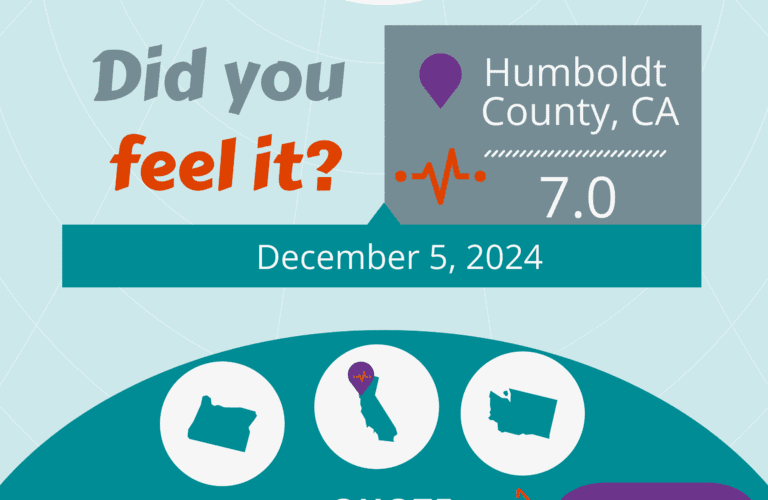Earthquake and disaster planning often overlook digital preparedness. Conversely, it’s one of the most straightforward ways of preparing for emergencies of any kind. Above all, digital preparedness sets a goal that is both attainable and practical.
Last year we saw how critical technology is in the midst of a disaster. Hurricanes Irma and Harvey blasted through the southern United States in 2017, and disaster apps and social media networks became essential instruments during and after the hurricanes. Likewise, expect first responders and your family to reach for their smartphones and computers after an earthquake.
Beyond having the best apps for communicating with loved ones, what does it mean to have your tech ready for an emergency? Maybe you’ve spent hours printing out emergency contact lists, or you’ve carefully filed a safety deposit box, but that may be wasted effort if you can’t access that same information when you’ve evacuated your home.
Why You Need to Make Digital Preparedness your 2018 #Goals.
A digital disaster kit only takes a day to put together, and it will save you weeks of stress after a disaster strikes your home.
Think of digital preparedness like a game of “rock, paper, scissors,” except you’ve added in “smartphone” as a fourth option. This game doesn’t work unless you have all options available to you, but each option is only the winning choice if the circumstances are just right. If you’ve started your emergency first-aid kit, that’s great–you’ve got “scissors” covered (the physical means to prepare). If you’ve started your financial first-aid kit or financial preparedness planning, you’ve got paper covered (the financial, legal, and administrative aspects of preparation). Mother Nature will bring the “rock,” and you’ll be sorely disappointed if your toolkit is lacking the brains of the operation: your smartphone.
Digital Preparedness gives you the ability to access necessary files, documents, and information at any time and where ever you are. If an earthquake strikes and you don’t have the time to grab your data or you’re away from home, you’ve got digital copies on your phone ready for your use. Furthermore, loading up your smartphone with some essential disaster apps will help you reconnect with loved ones, get disaster updates, teach first-aid tips, and walk you through earthquake aftermath recovery.
Start with a Digital Disaster Kit.
If you’re like most people, your smartphone is your preferred storage device of choice. It’s portable and practically attached to your hip at least most of the day (or all of it, no judgment). If you want to go the extra mile, have two forms of digital storage. For example,
- A mobile device, such as smartphone or tablet and
- A flash drive or external hard drive
There are a few reasons to have multiple storage locations. First of all, two kinds of storage may make you feel more secure. Secondly, a backup will give you access to these documents if your mobile device is inaccessible. However, if you choose an internet-based storage method, be aware of the inherent risks and practice extreme caution with the security of your account(s).
The American Red Cross recommends using your mobile storage device as a digital disaster kit.Opens a new window You’ll need to put these in storage on your mobile device for a complete digital library:
- Current or recent photos of family members and pets. This will help if you need to identify or locate a family member after the earthquake.
- Copies of personal identification records, such as driver’s licenses or passports.
- Critical personal and financial records. This may include a list of credit cards and lending institutions plus the contact information for them.
- Medical cards and medical information for each family member. Include any allergy or immunization records.
- Veterinarian records (if applicable). Include your pet’s vaccination records and the contact information for their veterinarian, reliable shelters, and pet-friendly hotels or accommodations.
- Copies of vital records, including:
- Social Security Cards
- Birth and marriage certificates
- Wills, living wills, medical directives, trusts, and power of attorney paperwork
- Property and personal insurance policies, paperwork, and documents.
- Deeds to property or properties
- Lists of household contents and personal property



